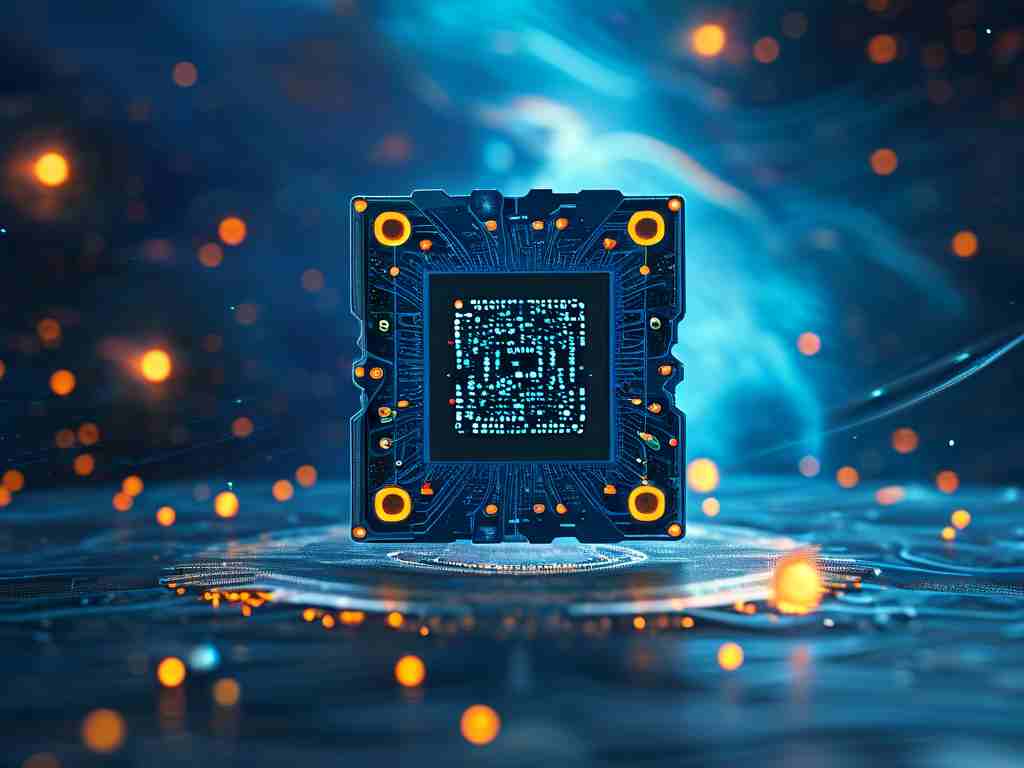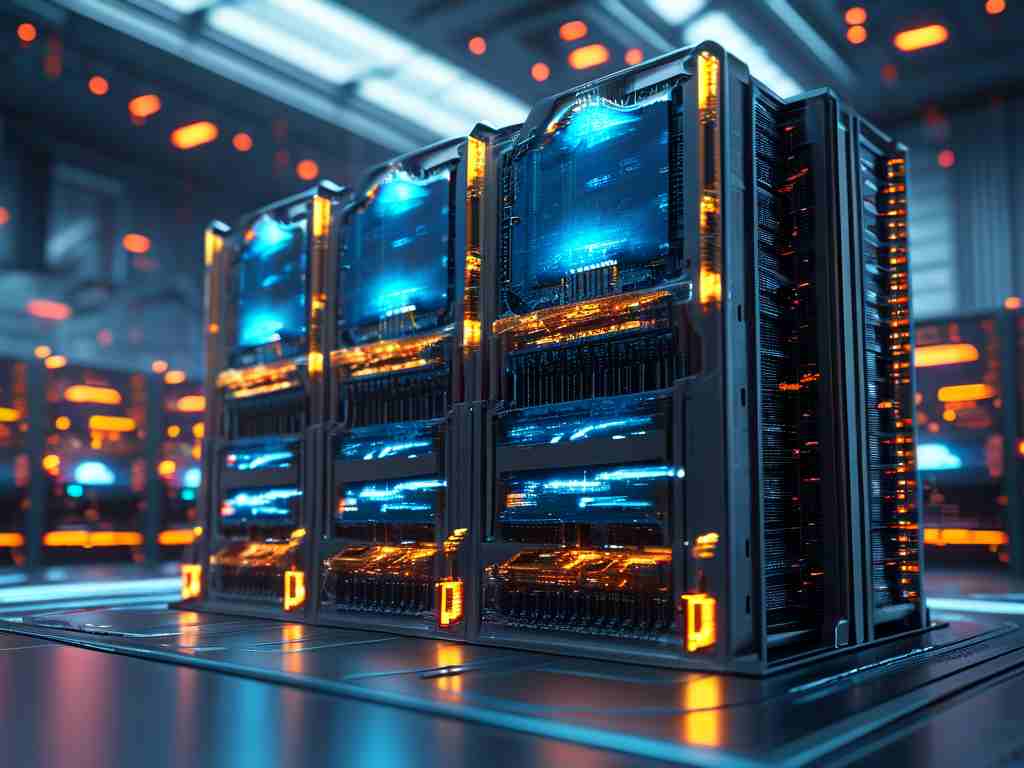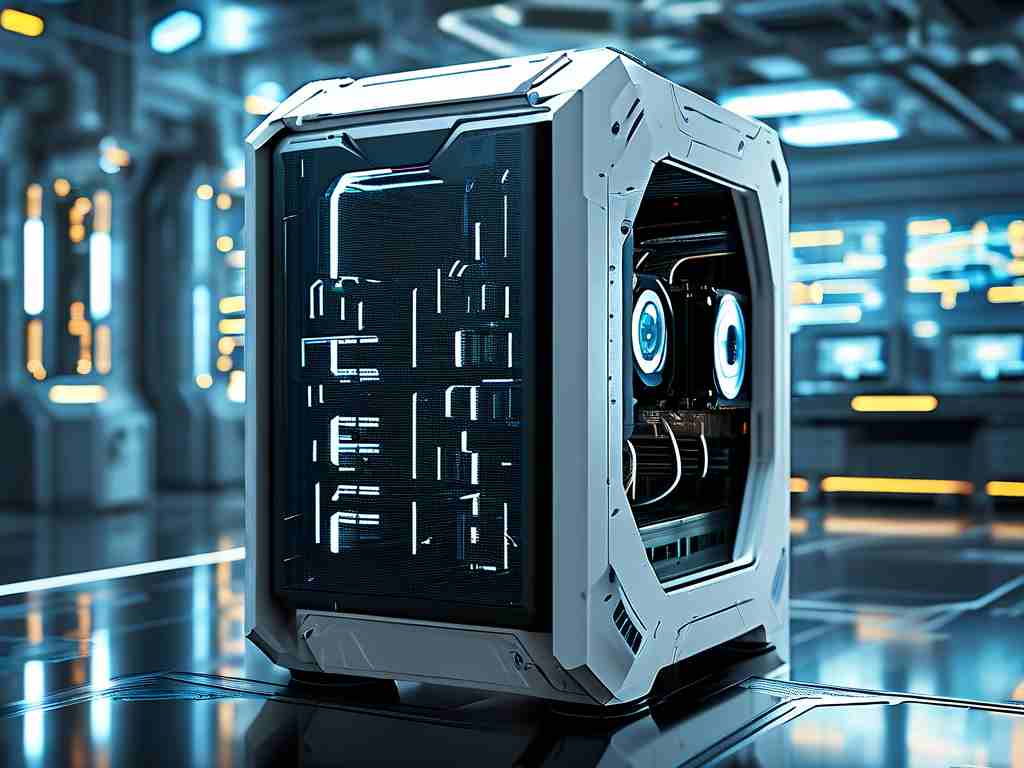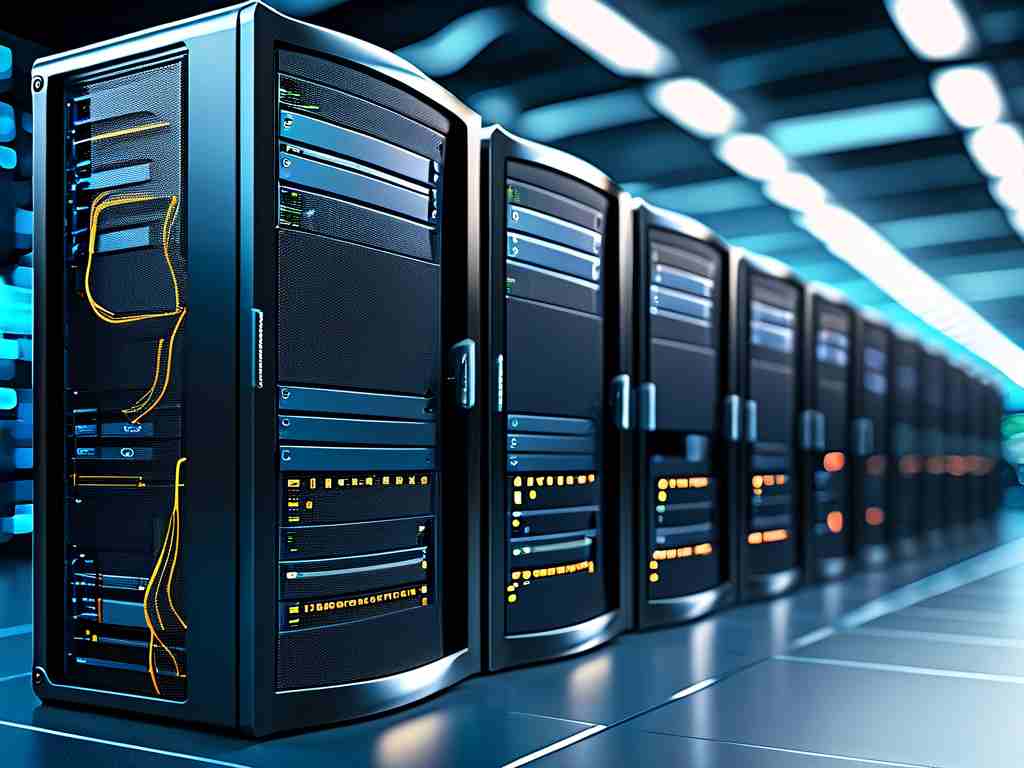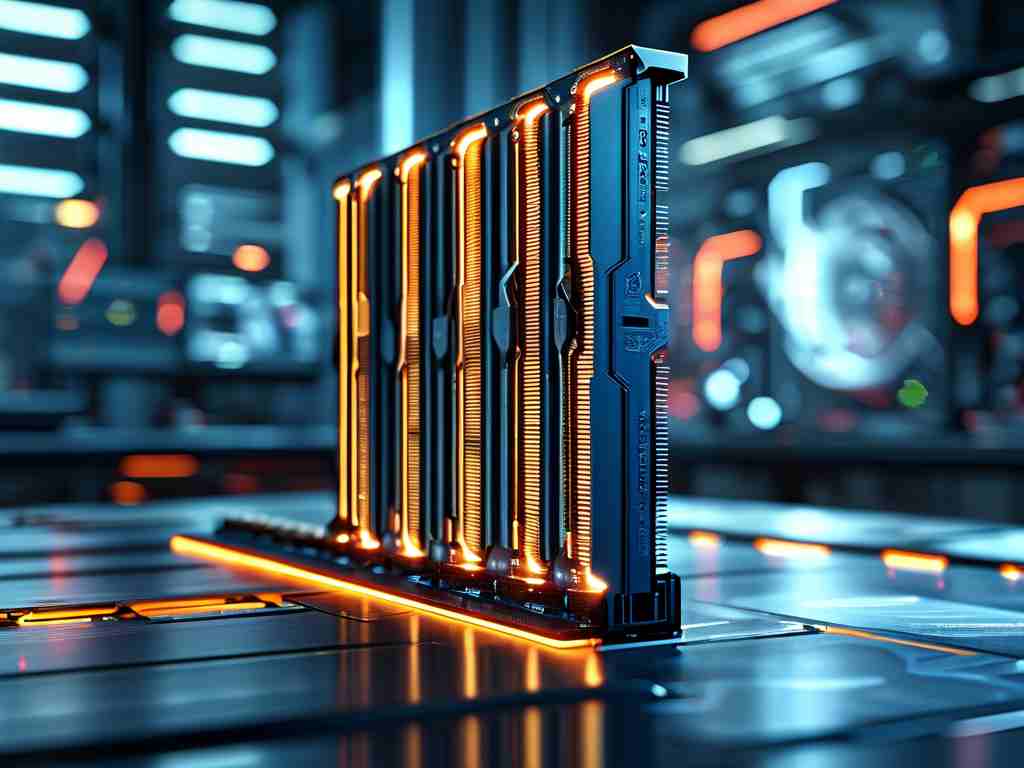The central processing unit (CPU) and memory form the core of any computer system, orchestrating a seamless dance to execute tasks efficiently. Understanding how they work together unveils the magic behind every digital operation. At its heart, the CPU acts as the brain, processing instructions, while memory serves as the temporary workspace, storing data and programs for quick access. This collaboration hinges on fundamental principles that ensure speed and reliability in computing.
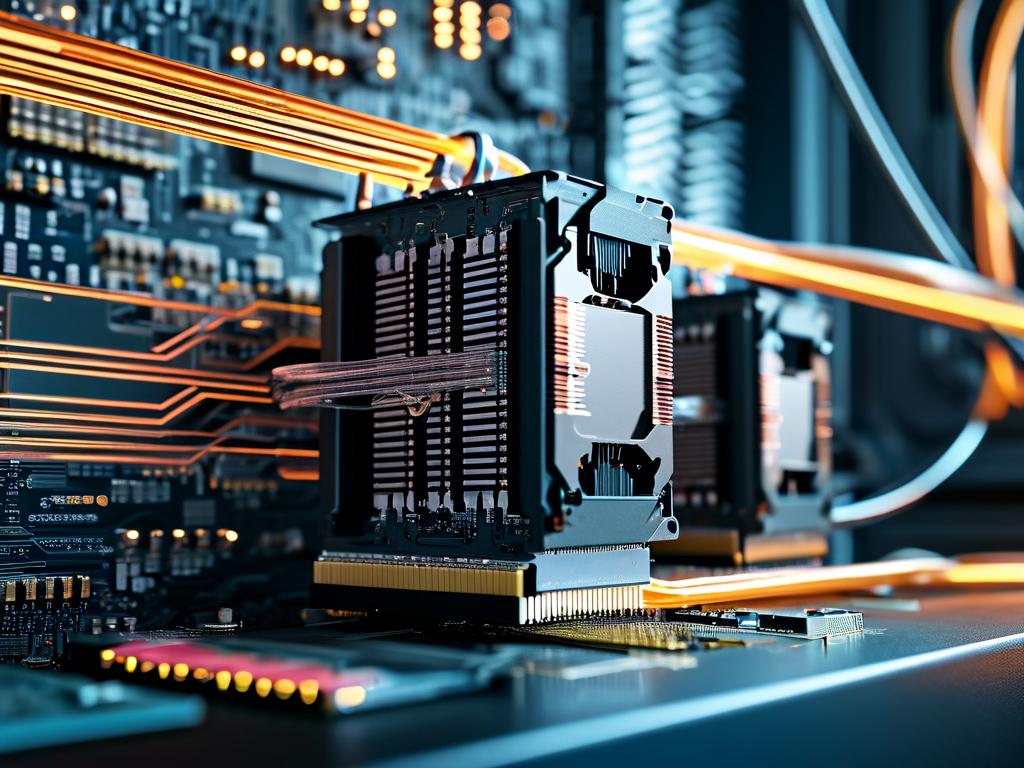
Memory, often referred to as RAM (Random Access Memory), is volatile storage that holds data only while the computer is powered on. It operates at high speeds but can't retain information permanently. In contrast, the CPU is a complex chip with multiple cores and registers, designed to perform arithmetic, logic, and control operations at blistering paces. The interaction begins when a user initiates a task, such as opening an application. The CPU fetches the necessary instructions from memory via a shared pathway called the bus system. This bus is divided into three types: the address bus, which specifies where data resides; the data bus, which carries the actual information; and the control bus, which manages timing and signals. For instance, during a fetch operation, the CPU sends an address through the address bus to pinpoint the exact location in memory. Memory responds by sending the requested data back via the data bus, all coordinated by control signals to prevent conflicts.
Once the data reaches the CPU, it undergoes a multi-stage process known as the instruction cycle. This cycle includes fetch, decode, execute, and write-back phases. In the fetch phase, the CPU retrieves the next instruction from memory, storing it in a special register. Decoding follows, where the CPU interprets what the instruction means—say, adding two numbers. Execution involves performing the operation using the CPU's arithmetic logic unit (ALU), which might access additional data from memory if needed. Finally, in write-back, the result is stored back in memory for future use or output. This entire sequence happens in nanoseconds, thanks to clock cycles that synchronize every step. A key challenge arises because CPUs operate much faster than memory; while a modern CPU can process billions of instructions per second, memory access introduces delays known as latency. To mitigate this, CPUs incorporate caches—small, ultra-fast memory units on the chip itself. Caches store frequently used data, reducing trips to the slower main memory. For example, when a CPU needs data, it first checks the L1 cache; if it's not there, it moves to L2 or L3 caches, and only then accesses RAM. This hierarchical approach dramatically boosts performance in everyday computing.
Beyond basic operations, the CPU-memory interaction is governed by memory management units (MMUs) in modern systems. MMUs handle virtual memory, allowing computers to use disk storage as an extension of RAM when physical memory is full. This involves mapping virtual addresses to physical ones, ensuring seamless multitasking. Additionally, the principles extend to multi-core CPUs, where each core can independently access memory, requiring sophisticated coordination to avoid data corruption. Techniques like caching coherency protocols ensure that all cores see a consistent view of memory data. For instance, in a dual-core system, if one core modifies a value, the cache system updates all copies to maintain accuracy. Such mechanisms are vital for applications like gaming or data analysis, where rapid data exchange prevents bottlenecks. Moreover, the evolution of DDR (Double Data Rate) memory technology has accelerated this interplay, enabling faster data transfer rates that keep pace with CPU advancements. Users experience this in real-time tasks, such as video editing, where large files flow smoothly between memory and processor.
In , the working principles between the CPU and memory are foundational to computing efficiency, driving everything from simple calculations to complex AI algorithms. By leveraging buses, caches, and management units, this synergy minimizes delays and maximizes throughput. As technology advances, innovations like 3D-stacked memory promise even tighter integration, ensuring that our devices remain powerful and responsive. Understanding this dance not only demystifies computer operations but also highlights the engineering marvels that power our digital world.


